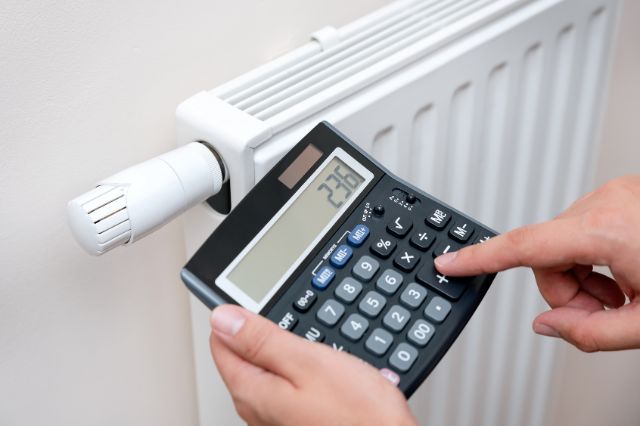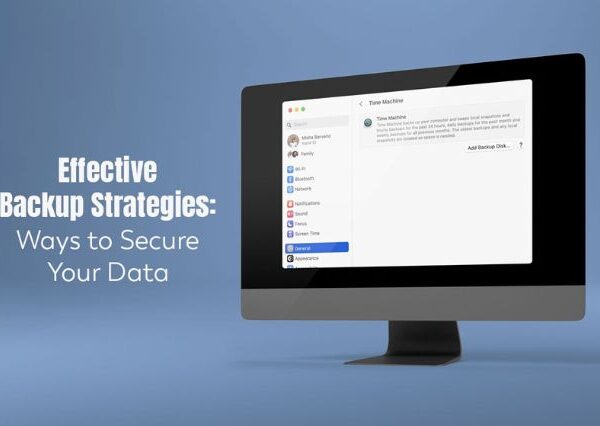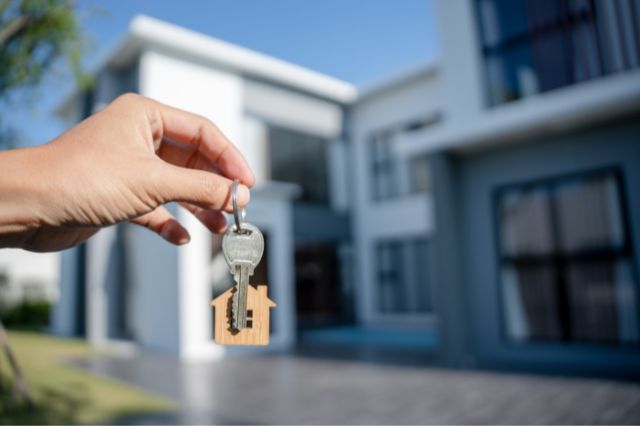In today’s world, where energy costs are on the rise and environmental concerns are becoming more pressing, finding ways to reduce energy consumption at home has become a priority for many households. By implementing simple yet effective measures, homeowners can save money on energy bills and contribute to a greener future.
Several strategies can help individuals reduce energy consumption and lower their expenses. In this article, we will explore some practical ways to save costs by reducing energy consumption at home.
Optimize Your Heating and Cooling Systems
A considerable amount of a home’s energy use is consumed by heating and cooling. For example, according to ExpressVPN costs-saving tips, air conditioners and electric water heaters take 30 USD and 7 USD monthly, respectively. 14 USD is taken by pool sweep pumps while 15 USD is taken by electric cacrs. To save costs, start by adjusting your thermostat settings. Lowering the temperature during the winter and raising it in the summer can make a noticeable difference.
Additionally, ensure that the home is properly insulated to prevent heat or cool air from escaping, as this can result in a waste of energy. Insulating windows, sealing gaps, and weatherstripping are effective methods to maintain a comfortable indoor temperature while minimizing energy loss.
Efficient Lighting
Another area where homeowners can save costs is by optimizing their lighting. Traditional incandescent bulbs consume substantial energy and have a short lifespan. Replace them with energy-efficient alternatives such as LED or CFL bulbs. These bulbs use significantly less energy and last much longer.
Additionally, make it a habit to turn off lights when not in use and take advantage of natural light during the day. Utilizing timers or motion sensors can also help ensure that lights are not left on unnecessarily.
Smart Power Management
Many electronic devices, even turned off or in standby mode, continue to draw power. This phenomenon, phantom energy or vampire power, contributes to unnecessary energy consumption. Combat this by unplugging devices when not in use or using power strips with switches to completely cut off power to multiple devices simultaneously. Investing in smart power strips can provide even greater control by automatically cutting off power to certain devices when they are not actively being used.
Efficient Appliances
Home appliances are major contributors to energy consumption. When shopping for new appliances, look for those with energy-efficient ratings, such as Energy Star certification. These appliances are designed to consume less energy while providing the same level of performance.
Additionally, be mindful of how you use appliances. For example, washing laundry in cold water and air-drying clothes instead of using a dryer can significantly reduce energy usage.
Utilize Natural Energy
Harnessing natural energy sources can help reduce dependence on conventional energy and save costs in the long run. Take into account adding solar panels to your roof to produce electricity. Long-term savings may be large despite the sizeable initial outlay. Furthermore, take advantage of natural daylight by opening curtains and blinds during the day, reducing the need for artificial lighting.
Water Conservation
Reducing water consumption also contributes to saving energy, particularly if you have a water heater. Insulate hot water pipes to minimize heat loss during transportation. Fix any leaks promptly to prevent the wastage of both water and energy. Consider installing low-flow showerheads and faucets, which can significantly reduce water usage without compromising functionality.
Practice Energy-Efficient Cooking and Laundry
Use lids on pans and pots to reduce cooking time and retain heat. Match the size of the cookware to the burner to avoid unnecessary energy loss. When doing laundry, wash full loads and use cold water whenever possible. Consider air-drying clothes instead of relying solely on a dryer, which consumes significant energy.
Energy-Efficient Landscaping
The outside of your home can also contribute to energy consumption. Strategically planting trees and shrubs around your property can provide shade during the hot summer, reducing the need for excessive air conditioning. Additionally, well-designed landscaping can create windbreaks, which can help minimize heat loss during colder seasons. You can effectively reduce your home’s energy demands by incorporating energy-efficient landscaping practices.
Conclusion
Reducing energy consumption at home helps the environment and offers substantial cost savings. By implementing these practical strategies, from upgrading appliances to embracing renewable energy, you can significantly lower energy bills while minimizing the carbon footprint.
Remember, energy conservation is a continuous process that requires consistent effort from everyone in the household. With a little awareness, smart choices, and conscious habits, you can pave the way for a more sustainable and cost-effective future for your home.






